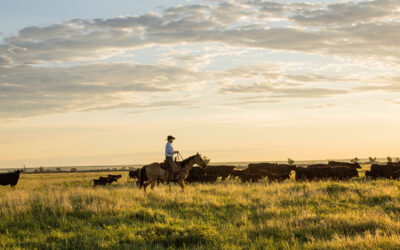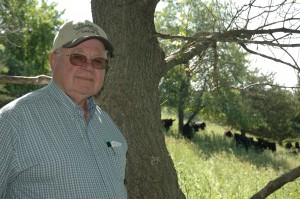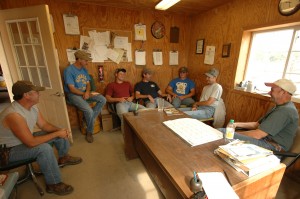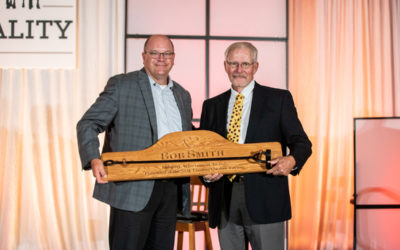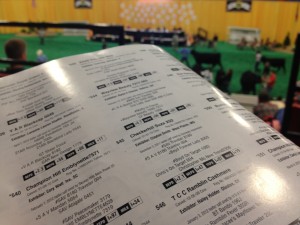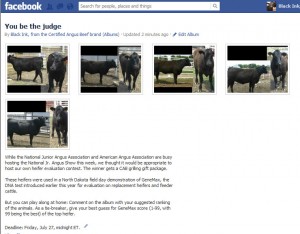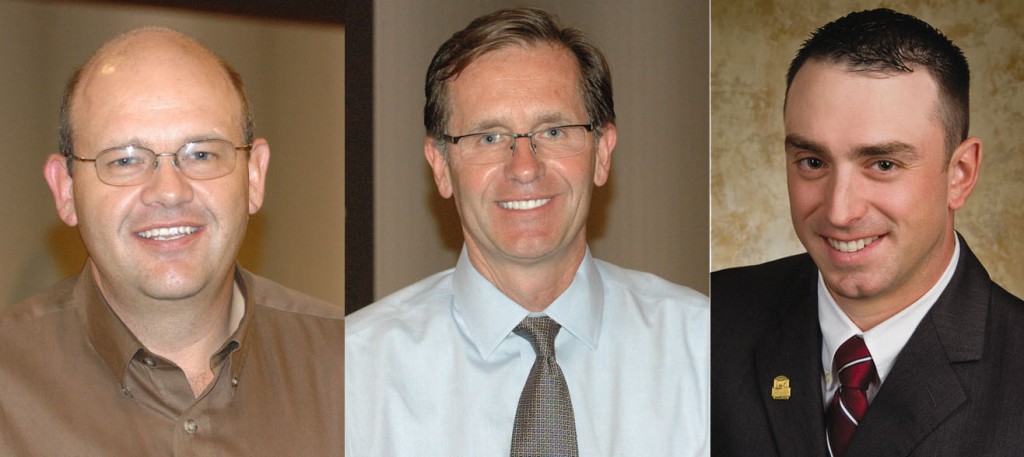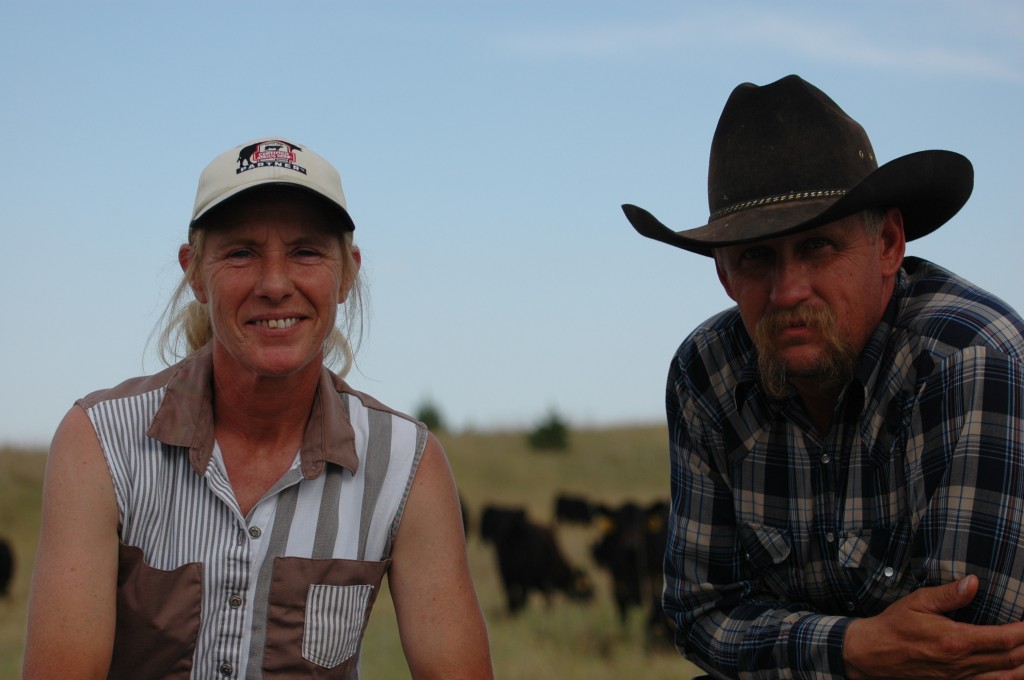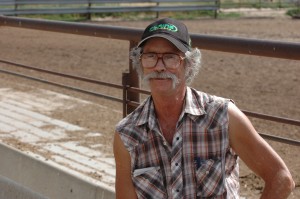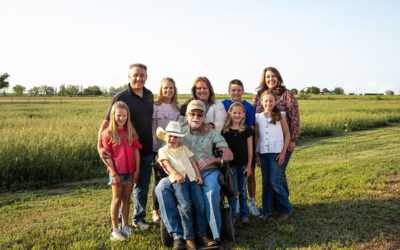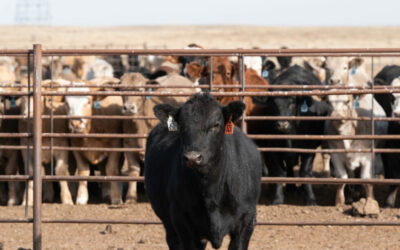
Be specific
Sometimes I answer a CAB question with, “Let me ask the scientists.” That’s what happened last week when some Twitter followers asked questions about using our DNA test on other breeds.
I knew that it is specifically for high-percentage Angus cattle, but I couldn’t exactly say why. I promised those followers that I’d get a more in-depth answer.
Myth: GeneMax would work on any breed, they just say “high-percentage Angus” since they’re a breed organization.
Fact: All DNA tests on the market today work better on the type of cattle they were trained on. I interviewed Larry Kuehn, a geneticist at the USDA Meat Animal Research Center (MARC), for a story on the future of DNA earlier this year.
When I asked why the tests don’t work as well across-breeds he said, “We’re working on it.”
Right now the “high-density” tests measure 50,000 markers, but they’re working on “ultimate high density” tests.
“Basically we’re trying to get down more to the meat of what’s causing animals to be different from one another. When you’ve got 50,0000 markers spread across the genome, you’ve got a certain probability that you have markers in that same region as causal mutations that will be in phase with the casual mutations. The hypothesis is with the higher density panel, you’ve got a higher probability that you’ve markers in phase with casual mutations.”
Simply put, the more pieces of the puzzle you have, the easier it is to compare across breeds. Also, as with most things we pay for….more work=higher cost.
That’s why “reduced panel” tests, like GeneMax, have popped up.
The GeneMax (GMX) markers are a subset of the 50,000 markers that are used on the Pfizerr HD 50K test.
“HD50K is very much a breed-specific test – a Simmental breeder would not get useful or informative results from using the Black Angus calibration of HD50K. It follows then, that since GeneMax was derived from the Black Angus 50K, that only high percentage Angus animals will receive informative results from GeneMax,” says Tonya Amen, with Angus Genetics Inc.
So there you go. The American Angus Association and CAB developed GeneMax to help identify cattle with the potential to gain and grade. So, yeah, we wanted to make sure it’d work on high-percentage Angus, but really it’s also a factor of what today’s technology is capable of doing. We’re not just saying that because our paychecks say Angus at the top.
May your bottom line be filled with black ink,
Miranda
You may also like
Progress from small steps
Every day is a chance to learn and get better. Thousands of others like my new friends in Alabama are taking steps to meet the shifts in consumer demand, and to know more. Small steps in the right direction can start now. Even if it’s just recording a snapshot of where you are today, a benchmark for tomorrow.
Not perfect, but working to get better
The CAB Cattleman Connection team heard its name called more than once in the virtual ceremonies, and each time came a sense of personal accomplishment, but even better: confirmation that we’re getting better at our craft. I hope that means we’re doing a better job for you.
Beefed up findings
Frank Mitloehner presents his findings on the animal ag sector’s impact on global warming. He explains how cattle counterbalance other fossil fuel sectors, proving that cattle are a solution and not a threat.









